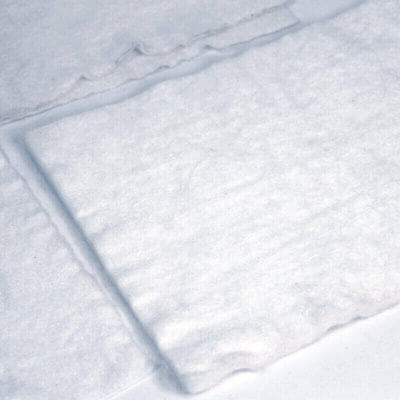# Sc Fiber: A Comprehensive Guide to Its Properties and Applications
## Introduction to Sc Fiber
Sc fiber, short for scandium fiber, is a specialized material that has garnered significant attention in various industries due to its unique properties. This guide aims to provide a comprehensive overview of Sc fiber, exploring its characteristics, benefits, and diverse applications.
## Properties of Sc Fiber
Sc fiber is renowned for its exceptional strength-to-weight ratio, making it an ideal choice for applications where both durability and lightness are crucial. Some of the key properties of Sc fiber include:
– **High Tensile Strength**: Sc fiber exhibits remarkable tensile strength, which allows it to withstand significant stress without breaking.
– **Lightweight**: Despite its strength, Sc fiber is incredibly lightweight, contributing to its versatility in various applications.
– **Corrosion Resistance**: Sc fiber is highly resistant to corrosion, making it suitable for use in harsh environments.
– **Thermal Stability**: It maintains its structural integrity even under extreme temperature conditions, both high and low.
## Applications of Sc Fiber
The unique properties of Sc fiber make it suitable for a wide range of applications across different industries. Some of the most notable uses include:
### Aerospace Industry
In the aerospace sector, Sc fiber is utilized in the manufacturing of aircraft components. Its lightweight nature helps reduce the overall weight of the aircraft, leading to improved fuel efficiency and performance. Additionally, its high tensile strength ensures the safety and durability of critical parts.
### Automotive Industry
The automotive industry benefits from Sc fiber in the production of high-performance vehicles. Components such as chassis, body panels, and suspension systems made from Sc fiber contribute to enhanced vehicle performance, fuel efficiency, and safety.
### Sports Equipment
Sc fiber is also widely used in the production of sports equipment. Items such as tennis rackets, golf clubs, and bicycles made from Sc fiber offer superior strength and lightness, providing athletes with a competitive edge.
### Medical Devices
In the medical field, Sc fiber is employed in the creation of advanced medical devices and implants. Its biocompatibility and corrosion resistance make it an excellent material for surgical instruments and prosthetics.
## Conclusion
Sc fiber is a remarkable material with a wide array of properties that make it invaluable across multiple industries. From aerospace to medical devices, its applications are vast and varied. As technology continues to advance, the potential uses for Sc fiber are likely to expand, further solidifying its importance in modern manufacturing and engineering.
Understanding the properties and applications of Sc fiber is essential for anyone involved in materials science, engineering, or product development. By leveraging the unique benefits of Sc fiber, industries can achieve greater efficiency, performance, and innovation.
Keyword: sc fiber

